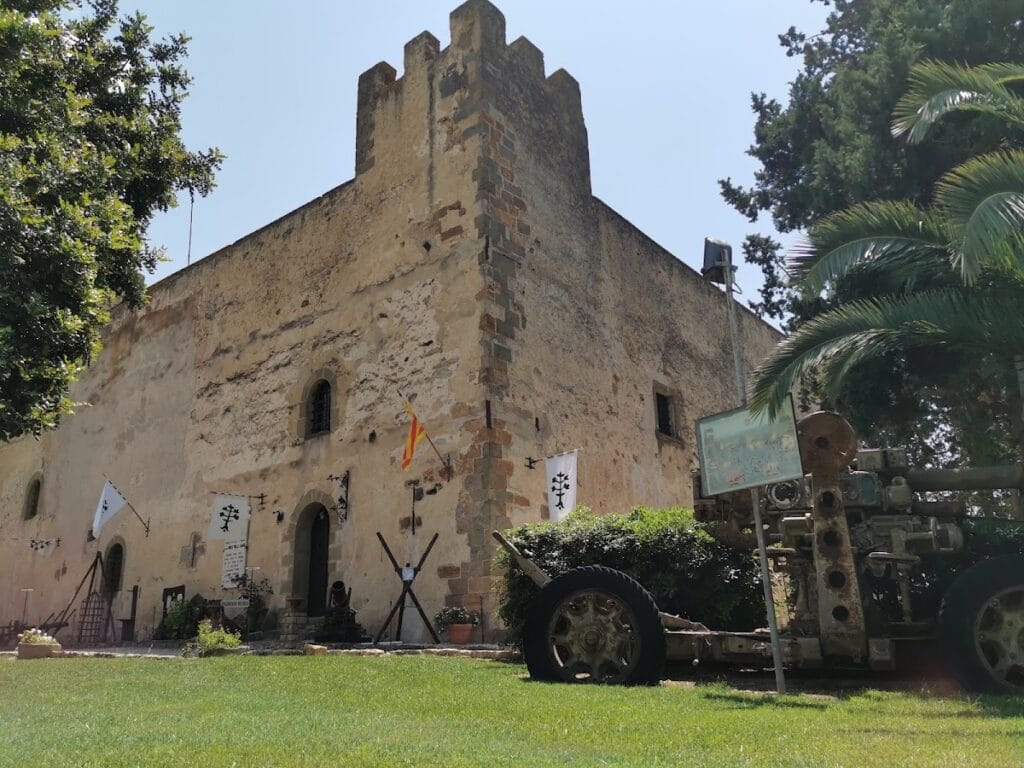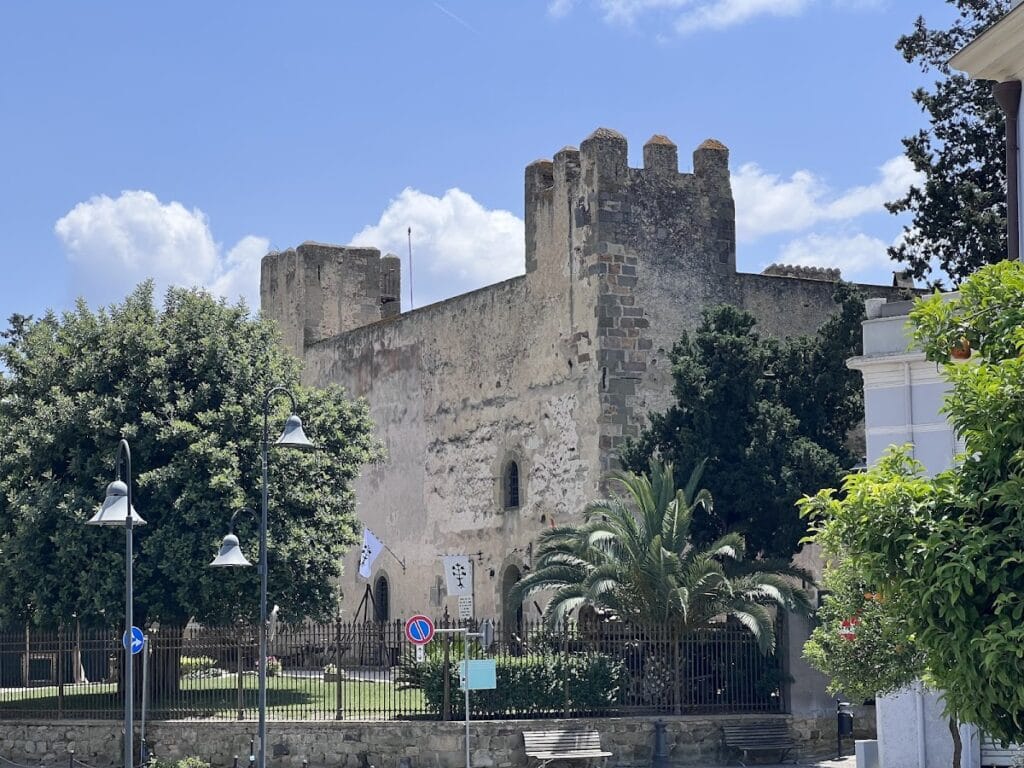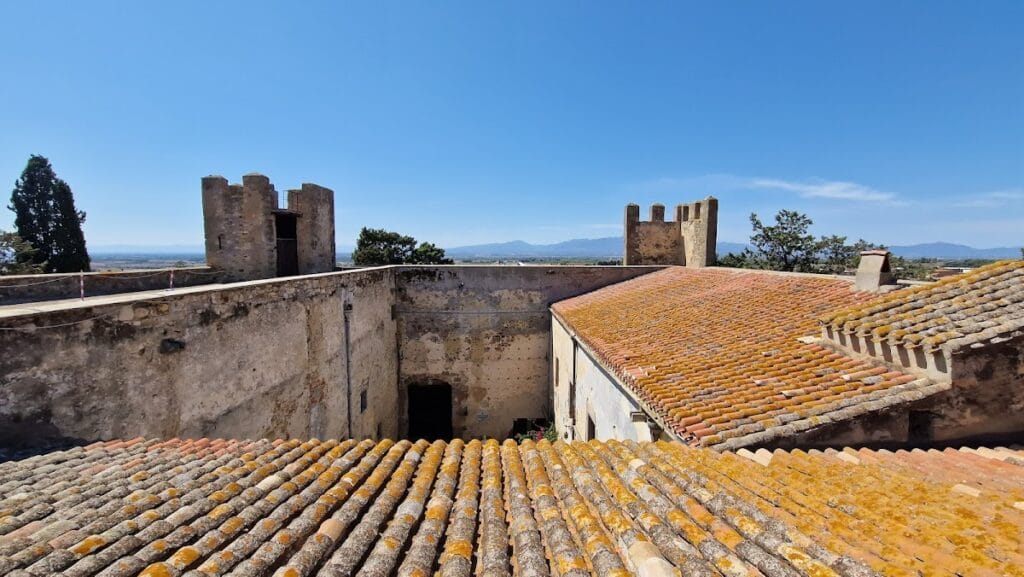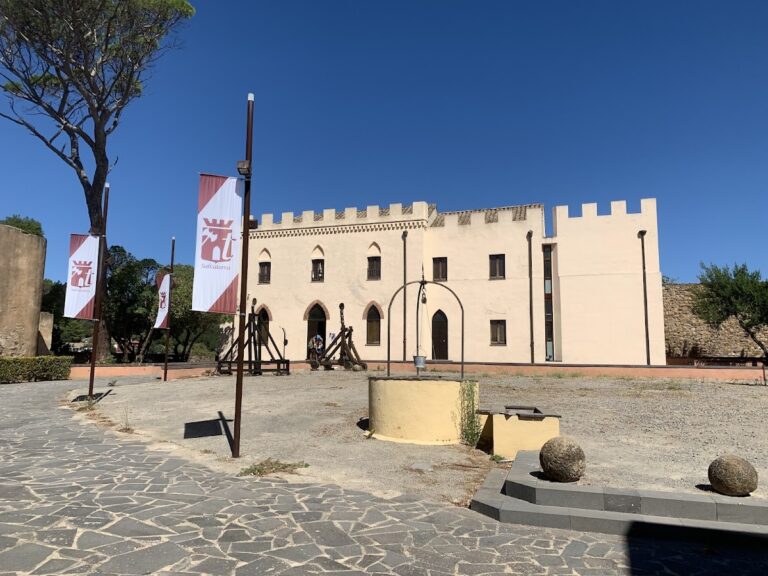Castle of Sanluri: A Medieval Fortress and Museum in Sardinia, Italy
Visitor Information
Google Rating: 4.7
Popularity: Medium
Google Maps: View on Google Maps
Official Website: www.castellosanluri.it
Country: Italy
Civilization: Medieval European
Remains: Military
History
The Castle of Sanluri, located in the municipality of Sanluri, Italy, is a fortified structure originally built during the medieval period by a Sardinian civilization known as the Judicates. Its initial purpose was to serve as a military stronghold and residence, controlling a key border region between two important Sardinian states: the Judicate of Cagliari and the Judicate of Arborea.
The earliest construction phase of the castle remains debated. While tradition links the castle to Eleonora d’Arborea, a prominent Sardinian ruler renowned for her legal reforms, there is no concrete evidence that she ever lived within its walls. More recent research indicates the castle may have been erected earlier, between 1188 and 1195, under Judge Peter I of Arborea. This suggests the structure was originally intended as a defensive outpost to guard against the Judicate of Cagliari’s incursions.
In 1355, the castle came under the orders of King Peter IV of Aragon, who rebuilt and expanded it as part of the wider Aragonese efforts to consolidate control over Sardinia. The castle’s military role during this period was significant, particularly given its proximity to the site of the Battle of Sanluri in 1409, where local Sardinian forces engaged Aragonese troops. Earlier in the same century, the castle witnessed the signing of the Peace of Sanluri in July 1355, marking an important political moment in Sardinia’s troubled history.
Following the defeat of the Arborean line and the establishment of Aragonese rule, the castle gradually lost its strategic importance as a fortress. It transitioned to exclusively residential use, becoming the home of several noble families over subsequent centuries. Its ownership passed from the De Sena family to the Henriquez, then the Castelvì, followed by the Aymerich family of Laconi, and most recently, the di Villa Santa family from 1924 onward. Under the di Villa Santa family, the castle underwent restoration and was adapted to house a museum, ensuring its preservation for future generations.
Remains
The Castle of Sanluri presents a well-preserved example of medieval military architecture with a layout centered around a rectangular keep, known in Italian as a “mastio.” This central tower rises across three floors and is flanked by two square towers, all constructed with robust masonry techniques typical of the 14th century. The curtain walls surrounding the complex are particularly thick, averaging two meters in thickness, designed to withstand attacks. These walls were built under the direction of the architect Berengario Roich during King Peter IV’s campaign to reinforce Sardinian defenses.
The castle’s defensive structures are oriented deliberately to protect the southern side, reflecting the historical military threats encountered from that direction. Despite the fortifications, the castle’s condition remains excellent, largely because it has been continuously used as a residence rather than being abandoned or left to ruin.
Inside the castle, several rooms now serve as museum spaces. The Museo delle Ceroplastiche exhibits more than 400 wax sculptures crafted from the 16th to the 19th centuries by well-known artists including Ammannati, Susini, Zumbo, Giambologna, Piamontini, and Mazzafirri. Additional halls such as those named Militia and Justice contain the Museo Risorgimentale Duca d’Aosta, which preserves important artifacts connected to Italian unification and patriotism. Among these are the first Italian tricolor flag flown in Trieste in 1918 and the original Victory Bulletin documenting the end of World War I.
The castle’s interiors also retain period furnishings that illustrate its residential use throughout history. The study of Count di Villa Santa, for instance, contains personal correspondence with the Italian nationalist General Gabriele d’Annunzio. A Napoleonic salon houses swords and official documents related to the Bonaparte family, highlighting the castle’s link to broader European history. Furthermore, the Doria chamber displays an ornate 18th-century bed, providing insight into the domestic life of the castle’s former noble occupants. These well-preserved rooms and collections offer a tangible connection to the castle’s layered past, spanning military, political, and cultural histories.










